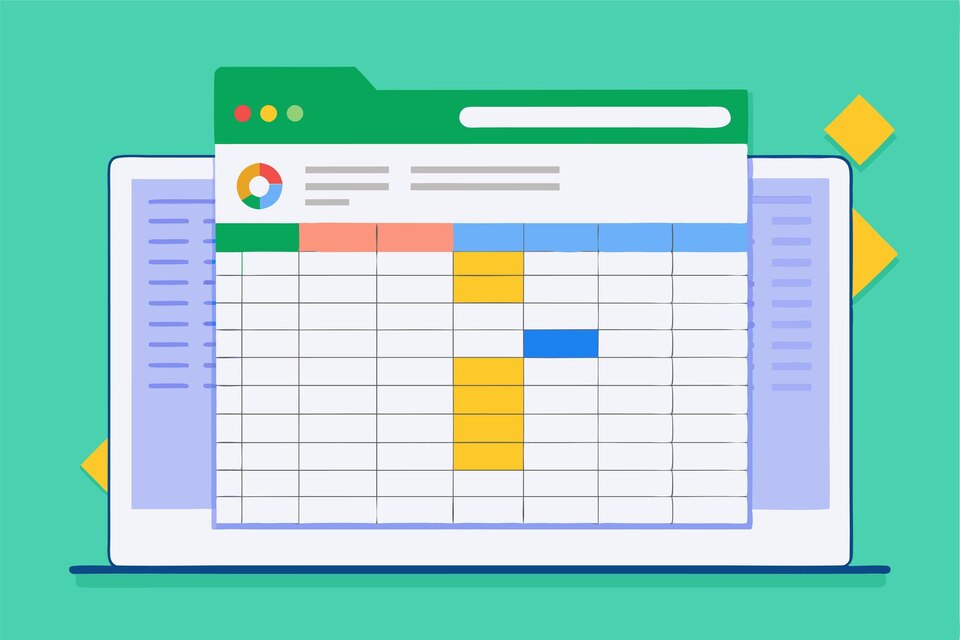Staying organized and on top of assignments is crucial for students, teachers, and professionals alike. With the rise of digital tools, managing assignments has become more efficient than ever. One such powerful tool is the Assignment Tracker in Google Sheets, which helps users keep track of their tasks and deadlines in a centralized and easily accessible manner. In this article, we will delve into the world of Assignment Tracker and explore how to use it effectively in Google Sheets.
What is Assignment Tracker in Google Sheets?
The Assignment Tracker is a built-in template in Google Sheets that enables users to create a customized spreadsheet for tracking assignments, projects, and tasks. This template provides a pre-designed structure, complete with columns and formulas, to help users organize and manage their assignments with ease. With the Assignment Tracker, users can easily input and track assignment details, such as task names, due dates, status, and grades, making it an indispensable tool for anyone looking to streamline their workflow.
Benefits of Using Assignment Tracker in Google Sheets
Using the Assignment Tracker in Google Sheets offers a multitude of benefits, including:
- Improved organization and time management
- Enhanced collaboration and communication
- Easy tracking and monitoring of assignments
- Automated calculations and grading
- Customizable and adaptable to individual needs
In the following sections, we will provide a step-by-step guide on how to use the Assignment Tracker in Google Sheets, covering topics such as setting up the template, customizing columns, and using formulas to automate tasks. By the end of this article, you will be well-equipped to harness the full potential of the Assignment Tracker and take your productivity to the next level.
How to Use Assignment Tracker in Google Sheets
Google Sheets is an excellent tool for tracking assignments, and with the Assignment Tracker template, you can easily manage and organize your tasks and deadlines. In this article, we will guide you through the process of using the Assignment Tracker in Google Sheets.
Setting Up the Assignment Tracker Template
To get started, you need to set up the Assignment Tracker template in Google Sheets. Here’s how:
- Open Google Sheets and click on the “Template gallery” button.
- Search for “Assignment Tracker” and select the template.
- Click on “Use template” to create a new sheet.
This will create a new sheet with the Assignment Tracker template. The template includes columns for assignment names, due dates, status, and notes.
Adding Assignments
To add an assignment, follow these steps: (See Also: How To Edit Google Sheets)
- In the “Assignment” column, enter the name of the assignment.
- In the “Due Date” column, enter the due date of the assignment.
- In the “Status” column, select the status of the assignment (e.g., “Not Started”, “In Progress”, “Completed”).
- In the “Notes” column, add any additional notes or comments about the assignment.
You can add as many assignments as you need, and the template will automatically update the due dates and status.
Tracking Progress
The Assignment Tracker template allows you to track the progress of your assignments. Here’s how:
- Use the “Status” column to update the status of each assignment.
- Use the “Due Date” column to track the due dates of each assignment.
- Use the “Notes” column to add comments or notes about each assignment.
You can also use conditional formatting to highlight assignments that are overdue or nearing their due dates.
Filtering and Sorting Assignments
The Assignment Tracker template allows you to filter and sort assignments based on different criteria. Here’s how:
- Use the filter function to filter assignments by status, due date, or name.
- Use the sort function to sort assignments by due date, status, or name.
This allows you to quickly identify assignments that need attention and prioritize your tasks.
Collaborating with Others
The Assignment Tracker template allows you to collaborate with others in real-time. Here’s how: (See Also: How To Change Pie Chart Colors In Google Sheets)
- Share the sheet with others by clicking on the “Share” button.
- Assign permissions to others to edit or view the sheet.
- Use the commenting feature to communicate with others about assignments.
This allows you to work with others on assignments and track progress in real-time.
Recap
In this article, we have shown you how to use the Assignment Tracker template in Google Sheets to manage and organize your assignments. By following these steps, you can easily track your assignments, collaborate with others, and stay on top of your deadlines.
Key Takeaways:
- Set up the Assignment Tracker template in Google Sheets.
- Add assignments with names, due dates, status, and notes.
- Track progress using the status and due date columns.
- Filter and sort assignments by status, due date, or name.
- Collaborate with others in real-time using sharing and commenting features.
By using the Assignment Tracker template in Google Sheets, you can streamline your assignment management process and stay organized and focused.
